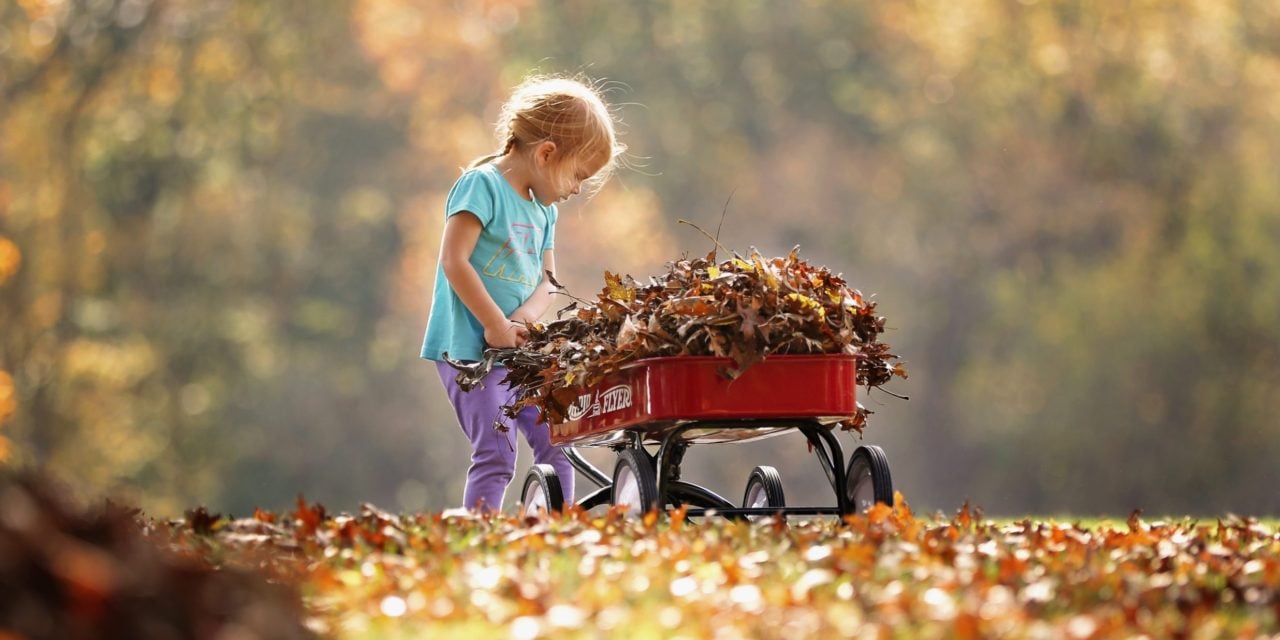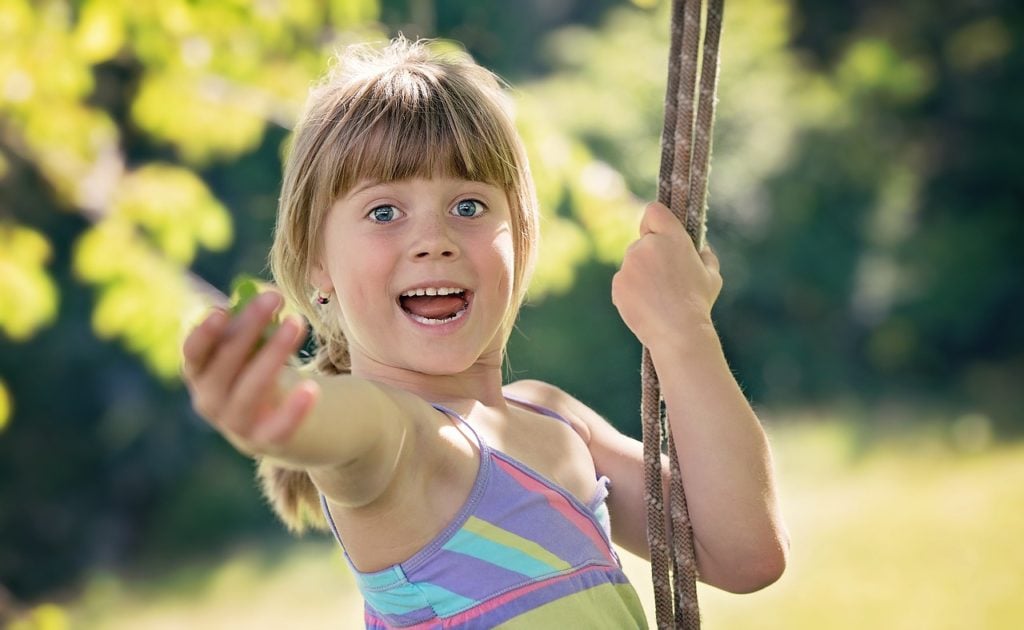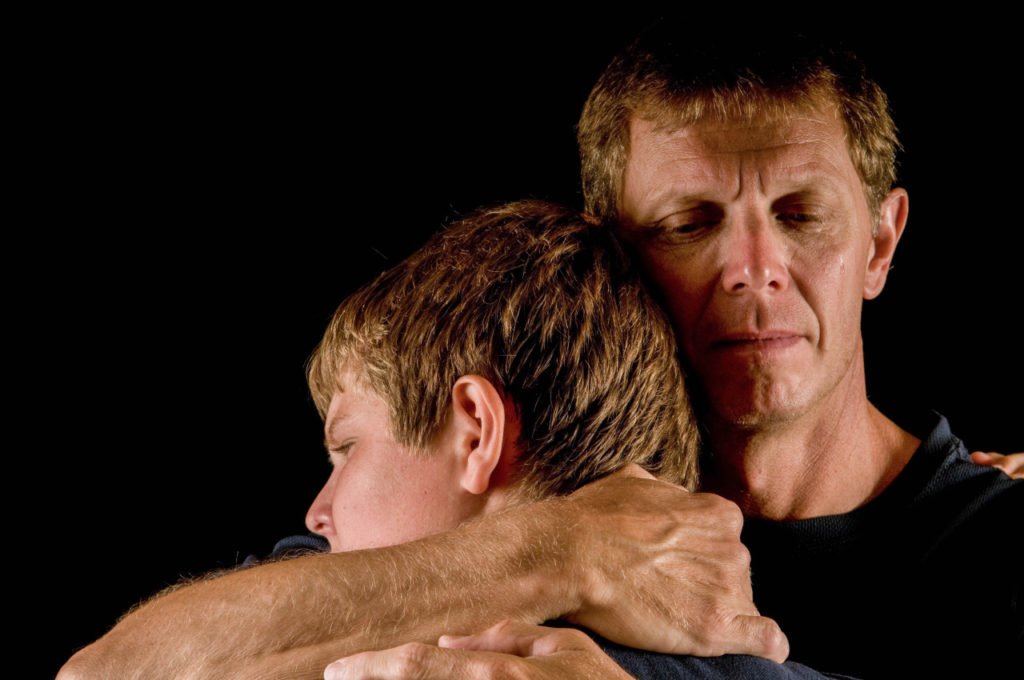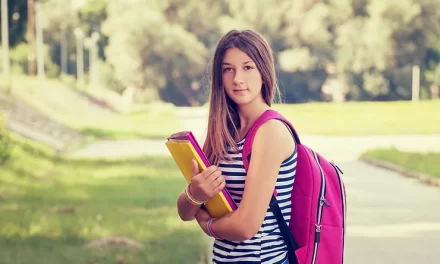We know that resilience is a key indicator of a happy and successful life. But how do we build resilience in children?
Resilience is, simply put, the ability to bounce back when things go wrong. When something bad happens, when we get hurt, or when faced with a serious challenge, a resilient person recovers fairly easily. Our resiliency is linked to our general wellbeing and happiness, so clearly it is something we want to promote. We want to develop a mentally strong child. So how do we build resilience in children?
*The sub-headings all link to a complete article on that topic
1. FAMILY TALK
Children adopt their parents’ view of the world, but often parents aren’t even aware of the view they are presenting. If a child grows up hearing that the world is a bad, threatening place and things aren’t as good as they used to be, that is how they will approach it.
2. SLEEP
Adolescents often have problems with their sleep patterns due to the hormonal storm that is going on in their brains. If a child doesn’t have enough sleep, coping with the daily pressures and angst that comes with this time in their lives is near on impossible.
3. LISTEN
When we listen to children without judgment, and really hear them, we tell them that their voice matters in the world, they matter. It also teaches them that they can come to us when they are in trouble. That knowledge is very powerful.
4. BE PROACTIVE ABOUT PHYSICAL AND MENTAL HEALTH
If we can establish healthy routines and practices in a person’s early years we can impact their resilience throughout life. Promote good diet, exercise and mindfulness.
5. NAME AND SIT WITH EMOTION.
When we teach kids emotional literacy we empower them. The emotions become visible and manageable. There is an opportunity to act instead of just reacting. All feelings are okay, even the bad ones. We might want to address the behaviours that go with the feelings, but allowing the feeling is key. We do this by labelling and validating.
6. UNDERSTAND FRIENDSHIP
Friends are an important influence on adolescents. It’s at this stage that important secure attachment with parents starts to move toward the peer group. If that’s the case, we need to teach them to make appropriate friends and cope when friendships fall apart or turn nasty.
7. EMPLOYMENT AND CHORES
When teenagers have a job they begin to merge into the adult world slowly. They learn that people other than teachers and parents have expectations of them. They also learn that they can contribute to society and that they are not the centre-point of the universe. With younger children, similar outcomes are achieved with chores.
8. NAVIGATING CYBERIA
The online world is very powerful in the development of a child’s psyche. We need to monitor that impact so that values and character are as important as image and ‘likes’?
9. RITUAL AND ROUTINE
The beauty of rituals comes in the safe space they provide for people. They are the times when decisions don’t need to be made, anxious feelings are quieted and there is a sense that you belong to something bigger than yourself. You are connected and safe. Rituals and routines keep kids centred, even in uncertain times.
10. SPARENTS
A lighthouse person or a ‘sparent’ is a caring adult outside of the home. Ideally, for every digit on one hand a child should be able to identify a dependable adult whom they feel they could turn to in times of crisis or even if they just feel as if they need to talk. However, even just one dependable adult is shown to be a protective factor.
Linda would love to meet you on her Facebook page here











